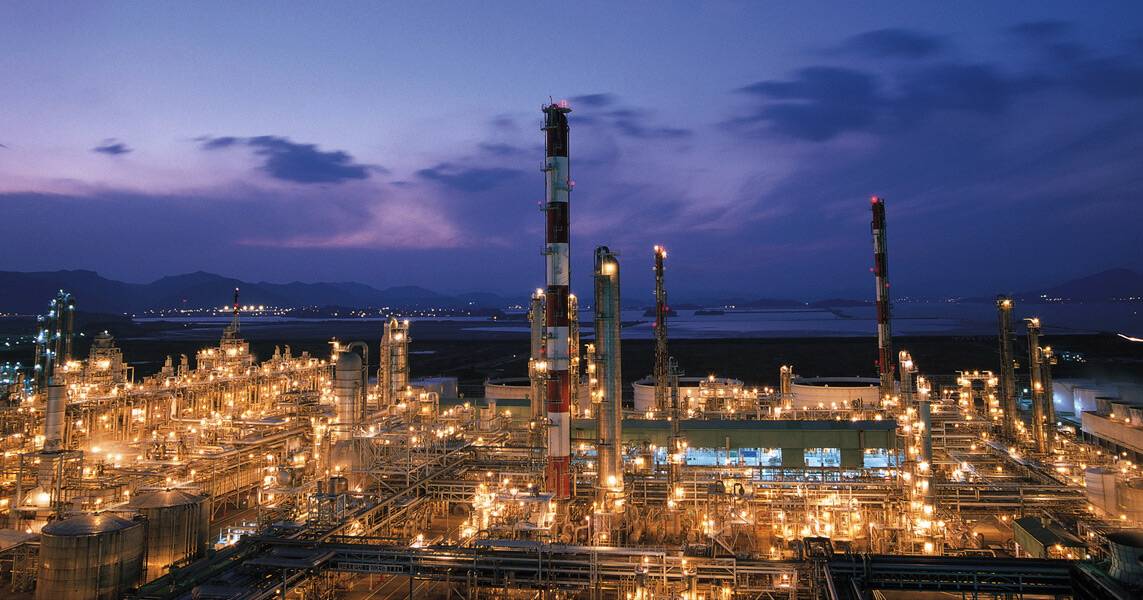Aug . 13, 2024 23:06 Back to list
Understanding PVC Plastic Welding Rods for Effective Joining and Repair Applications in Various Industries
Understanding PVC Plastic Welding Rods
PVC (Polyvinyl Chloride) is one of the most widely used plastics in the world due to its durability, versatility, and cost-effectiveness. One of the essential applications of PVC is in the field of welding, where PVC plastic welding rods play a critical role. These rods are primarily used to create strong, durable joints in various PVC products, making them invaluable in industries ranging from construction to manufacturing.
What Are PVC Plastic Welding Rods?
PVC plastic welding rods are specifically designed to fuse pieces of PVC together using a welding process. The rods are typically composed of the same PVC material as the items being welded, ensuring that they bond seamlessly. The welding process involves heating the rods and the surfaces of the PVC parts to a temperature where they become malleable. Once heated, the rods are applied to the joint area, and the surfaces are pressed together, allowing the material to fuse as it cools, creating a strong bond.
Benefits of Using PVC Welding Rods
One of the primary advantages of using PVC plastic welding rods is their compatibility with various PVC formulations. This compatibility ensures that the welds maintain the structural properties of the original material. Additionally, welding is a cost-effective method compared to alternatives like mechanical fastening or adhesive bonding. Since welding can create a homogenous joint, it often results in a more aesthetically pleasing finish without visible fasteners or excess adhesive.
Moreover, PVC welding rods are available in various diameters and colors, allowing for customization based on the specific application requirements. This versatility makes them suitable for applications in industries such as plumbing, signage, and automotive parts.
pvc plastic welding rod

Applications of PVC Welding Rods
PVC welding rods are used in various applications, including the fabrication of PVC pipes, tanks, and other structural components. In plumbing, welded joints can be found in drainage systems and water supply lines, providing strong connections that can withstand pressure and water exposure. In the sign industry, these rods are used to assemble large signage displays, ensuring durability and longevity against weather elements.
Additionally, the automotive industry employs PVC welding rods in the manufacturing of interior components, ensuring a seamless and durable fit. Indeed, the strength and flexibility of welded joints make PVC welding rods an essential tool for many manufacturing processes.
The Welding Process
The process of welding PVC typically involves a few key steps. First, surfaces to be welded are cleaned to remove any contaminants that could impede bonding. Next, the welding rod and the surfaces are heated, often using a hot air welder or a welding gun, until the materials reach the appropriate melting point. Once adequately heated, the welder fuses the rod and the substrates together, ensuring they are properly aligned. After cooling, the joint is secure and ready for use.
Conclusion
In conclusion, PVC plastic welding rods are crucial in the fabrication and assembly of PVC products. Their advantages of compatibility, cost-effectiveness, and the ability to create strong, durable joints make them indispensable in numerous industries. As manufacturing processes evolve and the demand for high-quality, reliable products increases, the importance of PVC welding rods will only continue to grow. Understanding their application and usage is essential for anyone working with PVC in a professional setting, ensuring that the properties of the material are preserved and optimized for ultimate performance.
-
High-Quality PPR Pipes and Fittings Durable ERA PPR & PVC PPR Solutions
NewsJul.08,2025
-
Black HDPE Cutting Board - Durable, Non-Porous & Food Safe HDPE Plastic Cutting Board
NewsJul.08,2025
-
High-Quality CPVC Panel Durable HDPE & PVC Panels Supplier
NewsJul.08,2025
-
Double PE Welding Rod Supplier - High Strength, Durable & Versatile Welding Solutions
NewsJul.07,2025
-
High-Quality PVC-O Pipe Supplier Durable 75mm PVC Pipe & Connections Leading PVC Pipe Company
NewsJul.07,2025
-
HDPE Drainage Pipe Supplier – Durable & Corrosion-Resistant Solutions
NewsJul.06,2025

